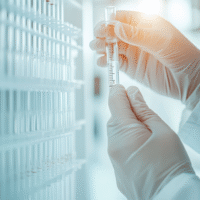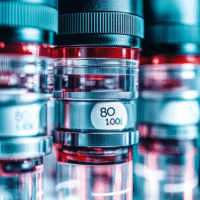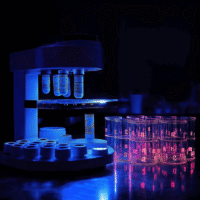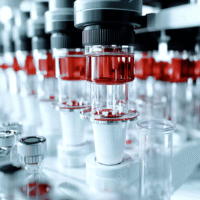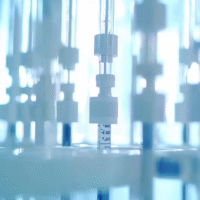Understanding the Trial Results
This study looked at how well a combination of two medications, leflunomide (LEF) and hydroxychloroquine (HCQ), works for patients with primary Sjögren’s disease (SjD). The researchers wanted to find out if certain proteins in the blood could help predict how well patients would respond to this treatment and monitor their disease activity.
What Worked?
- The combination of LEF and HCQ significantly reduced the levels of many proteins that were higher in patients with SjD.
- Four specific proteins (CXCL10, CXCL11, TNF, and soluble CD70) were linked to how well patients responded to the treatment.
- Using just two proteins, CXCL10 and CXCL11, researchers could tell apart patients with SjD from healthy individuals and identify who would likely respond to treatment.
What Didn’t Work?
- The placebo group (those who did not receive the actual treatment) did not show the same reduction in protein levels.
How Does This Help Patients and Clinics?
These findings can help doctors better monitor SjD and predict which patients will benefit from LEF and HCQ. This means more personalized treatment plans and potentially better outcomes for patients.
Real-World Opportunities
- Doctors can use the identified proteins as biomarkers to track disease activity in their patients.
- Clinics can implement tests for CXCL10 and CXCL11 to help decide on treatment plans.
Measurable Outcomes
Clinics should track the following after using these results:
- Levels of CXCL10 and CXCL11 in patients’ blood.
- Changes in disease symptoms and overall patient health.
AI Tools
AI solutions can help analyze protein levels and predict treatment responses. Tools that use machine learning can assist in identifying patterns in patient data, improving treatment decisions.
Step-by-Step Plan for Clinics
- Start by training staff on the importance of the identified proteins and how to measure them.
- Introduce testing for CXCL10 and CXCL11 in a small group of patients.
- Monitor and record the results to see how well they correlate with treatment responses.
- Gradually expand testing to more patients based on initial findings.
- Use AI tools to analyze data and refine treatment approaches over time.
For more detailed information on this research, you can read the full study here.
















